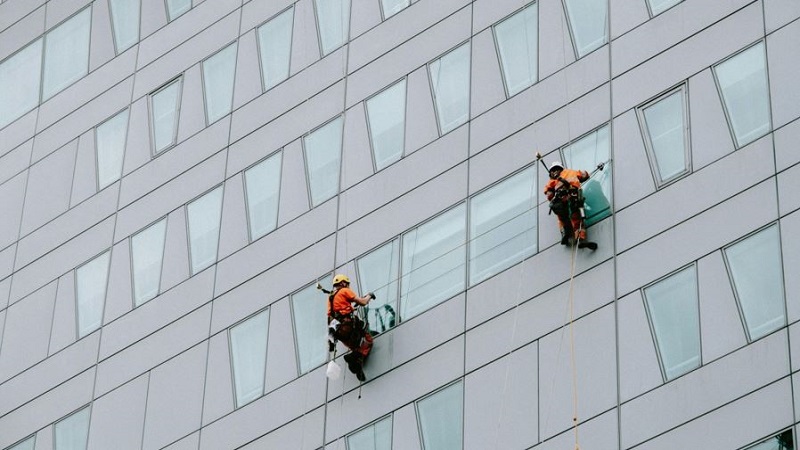Several individuals lose their lives as a result of industrial accidents every year. Most victims are constructors who often need to work at heights. Without the right safety measures, these workers are at risk of severe injuries. So, what are the common risks of employees working at an elevated surface?
Unstable Surface
Uneven and slippery surfaces might cause employee falls. Factors causing instability are:
- Structural issues
- Weather elements like rainwater
- Gravel roofs and other surface materials
Depending on the risk factor, you have to take measures. For instance, you have to frequently inspect the working surface and test the stability.
No Edge Protection
The edge of the elevated platform or roof must be protected. Improper edge protection results in incidents like falls. The best solution for the problem is the barriers installed along the platform’s edge. There is also a toe board preventing the materials and tools from falling. Furthermore, you may use safety nets as an additional protection layer. You have to install it below your work area.
Falling From Heights
This is another cause of serious injuries and fatalities to workers in the industrial and construction sectors. Height does not always mean the surface is several feet above the ground. Your workers may fall from a ladder or a comparatively low elevation. It will also cause severe injuries to them. Your workers have to use fall protection equipment, such as lanyards and harnesses. Safety training is also important for your employees.
No Training
Training is important even if your workers wear protective equipment. It allows employees to manage any challenging project efficiently. Employees have to be aware of their unsafe behaviors at the worksite. So, help your team join a comprehensive training program.
Collapsed Scaffolding
Scaffolding will collapse if you have not constructed it properly. There must be proper bracing and high-quality components to design it. Engage a competent person to check the scaffold structure. You must not overload scaffolding. Your team should know about the weight-bearing capacity of the structure. It is also essential to replace the damaged components of the scaffolding.
Adverse Weather Conditions
Rain and other weather elements make the surface slippery. For instance, on a stormy day, wind may make a structure unstable. If the weather forecast tells you about hazards, postpone work for a particular day. Your workers must also wear slip-resistant shoes. You can create tents at the worksite to provide temporary work protection.
Improper Equipment Usage
Misusing the equipment leads to accidents for employees working at heights. Your workers may use the equipment for a different purpose. For instance, contractors not securing their harnesses properly will be at risk. To avoid these issues, you have to train your workers. Provide easy-to-understand instructions to prevent novices from facing risks.
So, these are some risks for workers working at a height. If you work in construction and other fields, get working at heights information in QLD. Appropriate control measures will save your life from risks.
